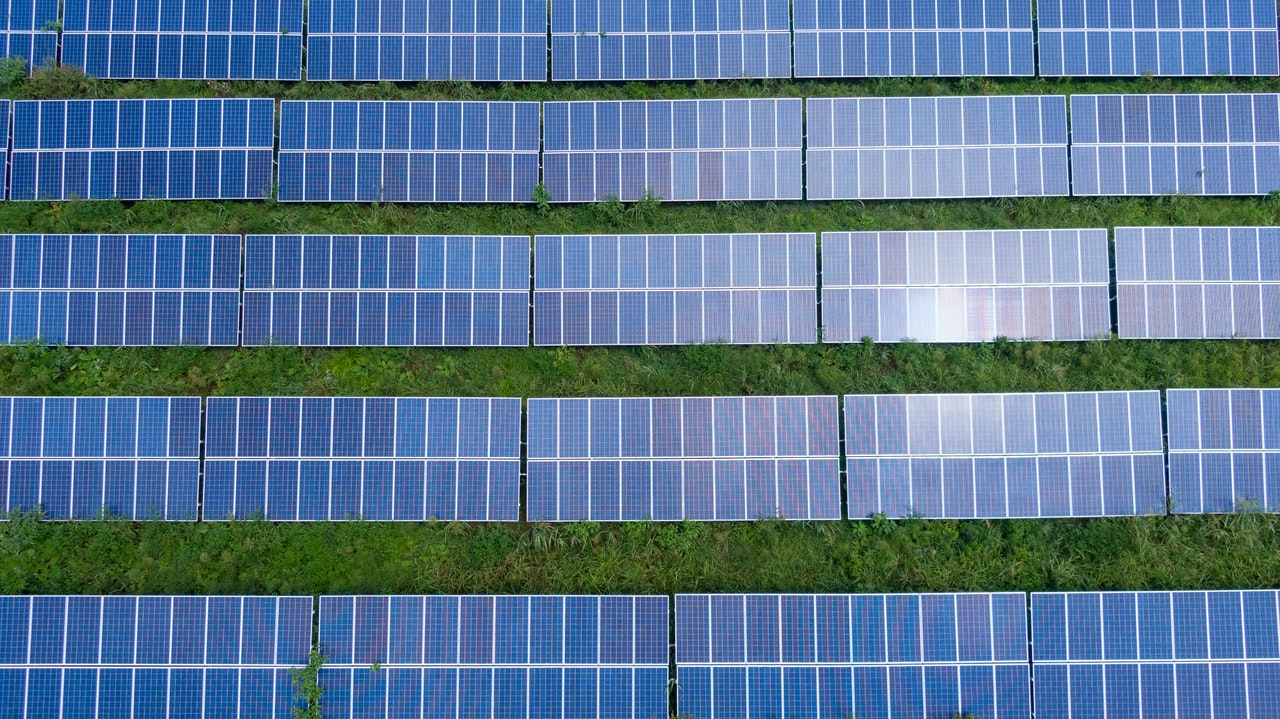A study by German scientists at the Leipzig University of Applied Sciences shows installing solar panels at a certain angle will increase their efficiency.
Typically, photovoltaic panels are placed with a slight slope relative to the ground. It is usually at an angle of 20-35 °. But, energy production increases when panels are at a 90° angle, German research calculates.
The batteries should be located on both sides of the panel. This enables capturing much more energy during most of the day. The reason is – wherever the sun moves, the PV panels will ‘catch’ it. But, it is necessary for the panels to “look” to the west on the one side, and to the east on the other side.
Solar panels need to generate AND stabilize power production
Nobody can control the sun trajectory or the weather in general. They are changeable. But we are adjustable. And we can adjust our devices to the natural energy sources to use them better.
As scientist say, if panels installed vertically, first they will generate more electricity. But, second, they will stabilize their power production. Using the German energy system example, scientists have calculated that vertical panels will increase the total energy production by almost 7 times – from 58 to 400 gigawatts per year.
During the midday hours, solar energy often exceeds demand, so it must either be stored for later use or limited, resulting in wasted energy.
Vertically oriented solar panels will reduce the need for peak installations that typically turn on late afternoon when demand is high and traditional solar panels’ generation is reduced due to their tilt angle.
More solar panels facilities’ is the future
According to some projections, Germany will require 400 GW of solar energy to meet its energy needs by 2030. This necessitates much-expanded electricity storage facilities, barring the discovery of alternate options.
This serves as the context for the research from Leipzig University of Applied Sciences titled “Integration of vertical solar power plants into a future German energy system” (HTWK Leipzig). It makes the argument for employing vertical, bifacial solar arrays for integrating into the agricultural environment, a new photovoltaic technology.
This technology is currently more expensive than conventional solar systems. But it can provide electricity for a longer period of time. This reduces the need for backup power sources like gas-fired plants or energy storage.
The vertical solar fences also give farmers a new source of revenue. Also they support the growth of some crops. They shield plants from strong winds and intense heat.
According to the study, this kind of solar panels positioning decreases the requirement for electricity storage.
The German Federal Ministry for Economic Affair and Climate Action takes this research into consideration for improving the renewable power system of the country.

